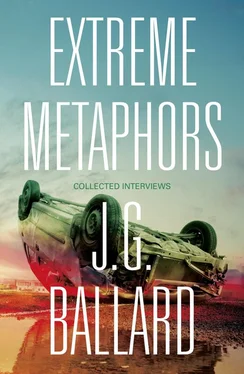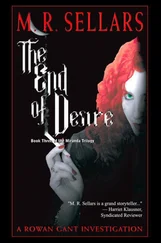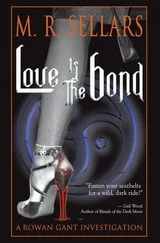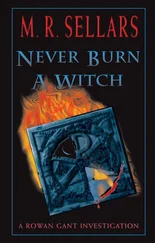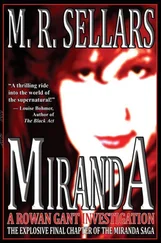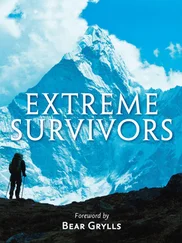As evidenced by the reference to Ernst, Delvaux and the rest, visual art was a touchstone for Ballard, and he often said he wished he’d been an artist rather than a writer. Perhaps it is within that discipline, rather than the navel-gazing, venom-inked pens of literature, that we might find the light that can illuminate Ballard’s inimitable strengths as an interviewee. Daniel Miller, in an essay on the function of interviews in the art world, wrote of the interview itself ‘as art form’. This is meant both literally and figuratively, the former in that the conversation piece becomes a thing of crafted beauty, and the latter in that it becomes an appendage of the visual artist, albeit one with a mutually beneficial, symbiotic function: ‘the principal vehicle of public relations and vital theoretical supplement to artistic practice’. Miller identifies interviewer and interviewee as switches in a circuit, an ‘actor network’ (after Bruno Latour) that also includes inanimate and virtual objects. Because visual artists, perhaps more than any other creative discipline, are constantly in negotiation with institutional and bureaucratic politics in order to find funding – ‘negotiation, exploration and strategy’ – they are also constantly in negotiation with their ideas and their work, and the best ways to present them in order to ride the dynamism and flow of the network they are enmeshed within. In this respect, Miller explains, ‘the interview serves both as a clinic in which abiding patterns are seen to and as a laboratory in which new connections are forged’.
In the same way, Ballard sought to make new connections in the interview setting, to use the occasion as a workshop for experimentation, a test bed for later integration into his art. Nonetheless, these are experiments based on familiar patterns, for repetition is vitally important to his work (both in the fiction and in the interviews, and in the body of both combined), as a kind of linguistic hypertext that endlessly turns in on itself, erases itself and erects itself anew, providing no discernible start or end point – evading linear time once again, even in death – yet still providing familiar markers with which to orient oneself. It is not for nothing that interviewers came to refer to Ballard as the ‘Seer from Shepperton’, for the insights he offered so casually were always infused with that deep intelligence, itself informed by a vast cosmology of inner space. All who interviewed him knew it well. We were struck by it, lost deep in thought, sometimes confused or disconcerted, after it came to us as part of that disarming mix of full-frontal future shock and old-world, erudite charm, delivered like a child’s spoonful of medicine that turns out to be surprisingly pleasant to the taste.
Doubtless you, too, will become enamoured of the taste as you make your way through the chronology we have assembled, spiralling down through wormholes to the far side of his fiction, and a parallel universe familiar but strange, where Ballardian pronouncements reveal their covert meaning, as he pulls all the outer limits and farthest reaches of his career into sharper focus.
Simon Sellars, Melbourne, Australia, March 2012
1967: George MacBeth. The New Science Fiction
Originally published in Langdon Jones (ed.), The New S.F. , London: Hutchinson, 1969
Technically, Ballard’s first published interview was in 1951, when he won the Crime Story Competition held by Varsity , the Cambridge University newspaper. Varsity published his winning entry ‘The Violent Noon’ alongside this brief snippet of conversation: ‘[Ballard] admitted to our reporter yesterday that he had in fact entered the competition more for the prize than anything else, although he had been encouraged to go on writing because of his success. The idea for his short story, which deals with the problem of Malayan terrorism, he informs us, he had been thinking over for some time before hearing of the competition. He has, in addition to writing short stories, also planned “mammoth novels” which “never get beyond the first page”.’
However, his first full-length interview did not appear until 1967, when novelist and poet George MacBeth interviewed him for BBC Radio’s Third Programme. The transcript was later published in The New S.F. , edited by Langdon Jones, and in the infamous Doubleday edition of The Atrocity Exhibition , pulped on the orders of a shocked Doubleday executive. MacBeth, a perceptive interviewer, captures Ballard at the start of that long interregnum from 1966 to 1973, when he took a break from writing novels to focus exclusively on short stories (and a few multimedia experiments), including the strange, elliptical narratives that would make up Atrocity .
After it was published Ballard always referred to Atrocity as a ‘novel’, but as this fascinating insight into his method demonstrates, the idea of a sustained narrative binding the chapters was but a glimmer in his eye at this time, albeit a persistent one. Elsewhere, there are penetrating remarks about the ‘non-linear’ nature of 1960s life and ideas that point towards Crash ’s artistic breakthrough, such as when he declares that ‘the fictional elements [of today] have overwhelmed reality’, an observation paraphrased in Crash ’s introduction. [SS]
MACBETH:You have been writing science fiction short stories and novels for several years now, but your story ‘You and Me and the Continuum’ is one of a recent group which, I think, in structure are really quite different from your earlier ones. Perhaps the most striking feature to someone reading ‘You and Me and the Continuum’, for example, for the first time, is that it is constructed not in continuous narrative, but in a sequence of short paragraphs, each of which has a heading – in fact, they’re arranged in alphabetical order. But the key point, I think, is that they are broken up. Why did you move on to using this technique of construction?
BALLARD:I was dissatisfied with what I felt were linear systems of narrative. I had been using in my novels and in most of my short stories a conventional linear narrative, but I found that the action and events – of the novels in particular – were breaking down as I wrote them. The characterisation and the sequences of events were beginning to crystallise into a series of shorter and shorter images and situations. This ties in very much with what I feel about the whole role of science fiction as a speculative form of fiction. For me, science fiction is above all a prospective form of narrative fiction; it is concerned with seeing the present in terms of the immediate future rather than the past.
MACBETH:Could I break in there? Would you contrast that with what the traditional novel does in the sense it’s concerned with perhaps the history of a family or a person?
BALLARD:Exactly. The great bulk of fiction still being written is retrospective in character. It’s concerned with the origins of experience, behaviour, development of character over a great span of years. It interprets the present in terms of the past, and it uses a narrative technique, by and large the linear narrative, in which events are shown in more-or-less chronological sequence, which is suited to it. But when one turns to the present – and what I feel I’ve done in these pieces of mine is to rediscover the present for myself – I feel that one needs a non-linear technique, simply because our lives today are not conducted in linear terms. They are much more quantified; a stream of random events is taking place.
MACBETH:I’d like to ask you a question here about the characters in these stories. Of course, you’ve written as well as ‘You and Me and the Continuum’ three or four others which have already been published in New Worlds , Impulse and Encounter , and one feature of them is that certain characters seem to recur from story to story. When I call them ‘characters’, they are not always perhaps, to the reader, immediately recognisable as characters so much as named areas of consciousness.
Читать дальше
